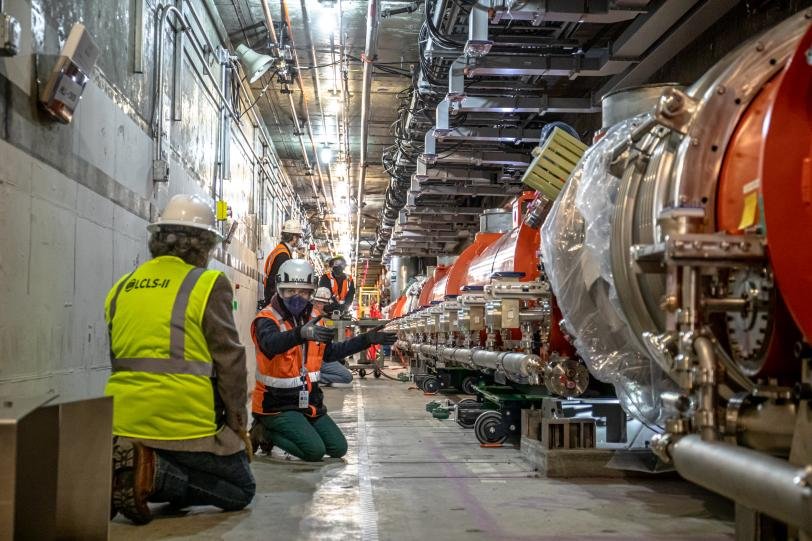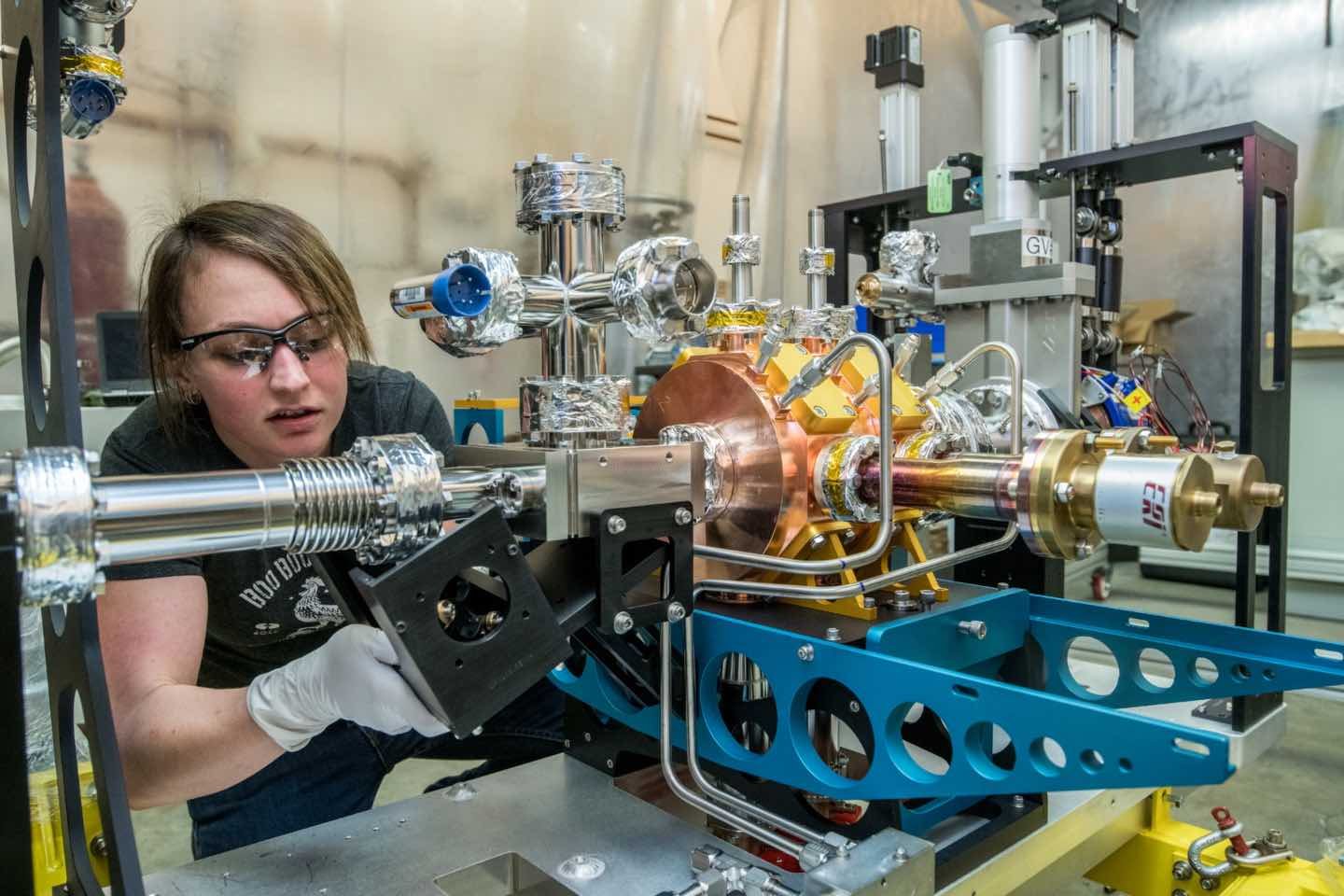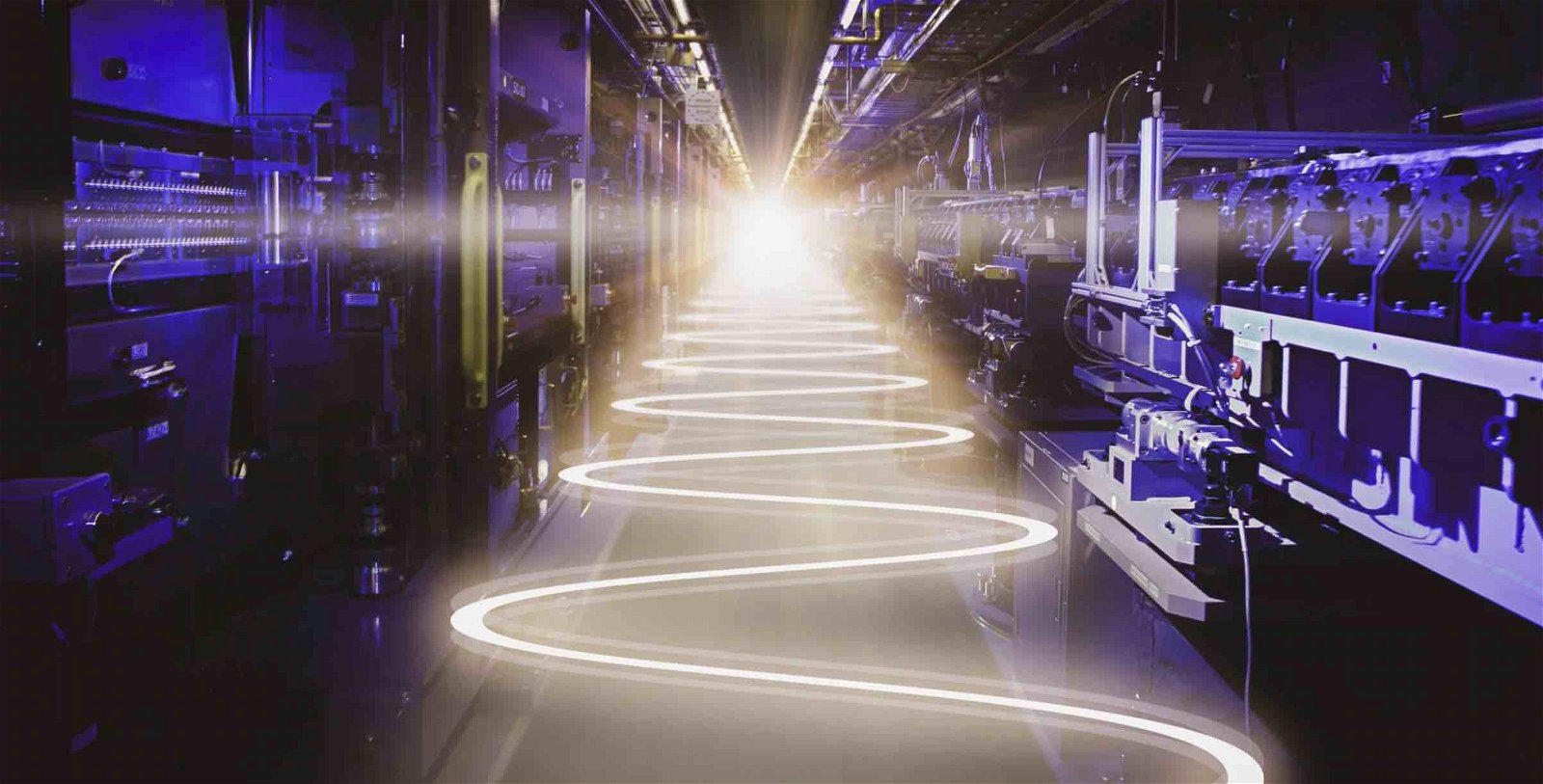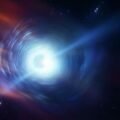The world’s most powerful X-ray laser has successfully produced its first beam after receiving a significant upgrade at its California facility, marking a new world record for the most powerful modern X-ray light source.
The Department of Energy’s SLAC National Accelerator Laboratory has reported the first successful production of X-rays with its newly upgraded Linac Coherent Light Source (LCLS) X-ray free-electron laser (XFEL), which can fire 8,000 times the amount of X-ray laser flashes that earlier versions could produce.
Generating up to a million flashes per second, the newly updated system will allow scientists to study ultrafast phenomena at the atomic scale, which could enable new innovations in a range of fields that include clean energy production and the development of novel quantum materials.
Formally called LCLS-II, the upgraded X-ray laser system will allow scientists to study the finer details of quantum materials at resolutions that were once unattainable. The laser’s capabilities could help to reveal new insights in the fields of computation, communication, and even the subtleties of biological and chemical events that could “open up entirely new fields of scientific investigation,” according to a press release.


Located in Menlo Park, California, the facility, originally called the Stanford Linear Accelerator Center, has used its 3.2-kilometer accelerator since its construction in 1962 to propel electrons to energies as great as 50 gigaelectronvolts (GeV).
At an expense of $1.1 billion, the recent upgrade had been a decade in the making, with its roots extending as far back as 2010 with the combined efforts of scientists, engineers, and other experts from across the Department of Energy and various other institutions.
“For more than 60 years, SLAC has built and operated powerful tools that help scientists answer fundamental questions about the world around us,” said Stephen Streiffer, SLAC’s interim laboratory director, in a statement. “This milestone ensures our leadership in the field of X-ray science and propels us forward to future innovations.”


“It’s all thanks to the amazing efforts of all parts of our laboratory in collaboration with the wider project team,” Streiffer said.
U.S. Secretary of Energy Jennifer M. Granholm said light generated by SLAC’s LCLS-II “will illuminate the smallest and fastest phenomena in the universe and lead to big discoveries in disciplines ranging from human health to quantum materials science.”
“This upgrade to the most powerful X-ray laser in existence keeps the United States at the forefront of X-ray science, providing a window into how our world works at the atomic level,” Granholm said in a statement.
“Congratulations to the incredibly talented engineers and researchers at SLAC who have poured so much into this project over the past several years, all in the pursuit of knowledge.”
Micah Hanks is the Editor-in-Chief and Co-Founder of The Debrief. He can be reached by email at micah@thedebrief.org. Follow his work at micahhanks.com and on Twitter: @MicahHanks.

